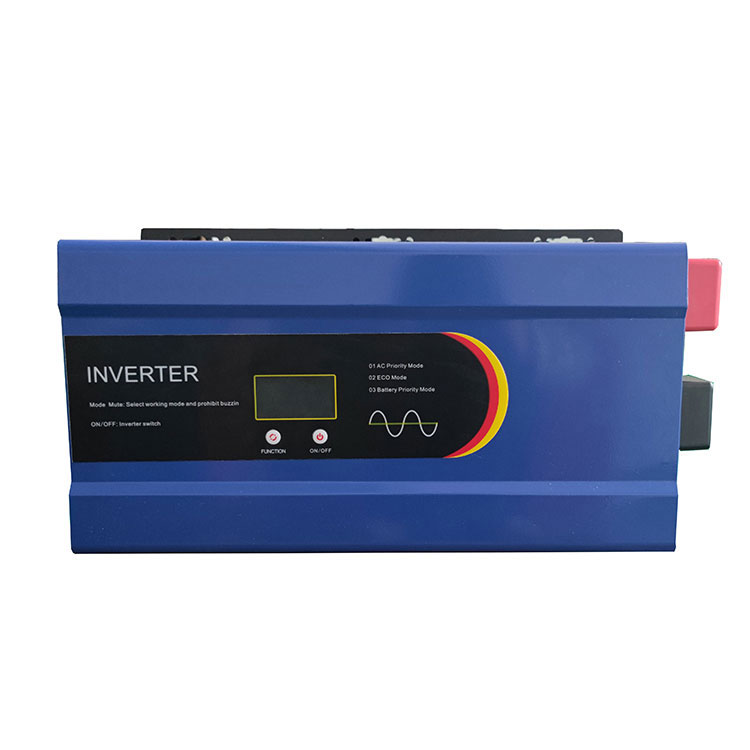Key Points and Considerations of 1500w Low Frequency Inverters
2024-06-18
A 1500-watt low-frequency inverter refers to a power inverter capable of converting direct current (DC) electricity from a battery into alternating current (AC) electricity at 1500 watts of continuous output power. Here are some key points and considerations:
Inverter Basics:
1. Low-Frequency vs. High-Frequency Inverters:
- Low-Frequency Inverters: These are typically heavier and larger than high-frequency inverters but are more robust and suitable for heavy-duty applications, including powering sensitive electronics and appliances.
- High-Frequency Inverters: They are lighter, smaller, and more affordable but may not handle inductive loads (like motors) as well and may generate more electrical noise.
2. Power Output:
- The 1500 watts of output power refers to the maximum continuous power the inverter can supply to AC devices. It's important to distinguish between continuous power and surge power (the brief burst of power the inverter can supply above its continuous rating).
3. Input Voltage:
- Inverters are designed for specific DC input voltages, commonly 12V, 24V, or 48V DC systems. The input voltage affects the current draw and efficiency of the inverter.
Applications:
- Household Appliances: Can power small to medium-sized appliances like TVs, computers, lights, fans, and small kitchen appliances.
- Tools and Equipment: Suitable for powering power tools, pumps, and other equipment in remote locations or during power outages.
- Off-Grid Systems: Used in off-grid solar systems or in vehicles (RVs, boats) to convert stored battery power to usable AC electricity.
- Emergency Backup: Provides backup power during grid outages.
Features to Consider:
- Pure Sine Wave Output: Provides clean and stable power, suitable for sensitive electronics.
- Charging Capabilities: Some inverters include built-in battery chargers for recharging batteries from AC sources (shore power or generator).
- Remote Monitoring and Control: Advanced models may offer monitoring features or remote control options via mobile apps or panels.
- Efficiency and Safety: Look for inverters with high efficiency ratings and built-in protections (overload, short-circuit, overheat) for safety and reliability.
Installation and Maintenance:
- Installation: Typically requires proper wiring and possibly additional components like fuses, breakers, and battery disconnects depending on the application.
- Maintenance: Regular checks on connections, ensuring proper ventilation (especially for larger inverters), and monitoring battery health for off-grid systems.
Choosing the Right Inverter:
- Consider your power needs (continuous and peak), the type of appliances you'll power, and the compatibility with your battery bank (if using off-grid).
- Read reviews and consider brand reputation for reliability and customer support.
In conclusion, a 1500-watt low-frequency inverter is a versatile choice for powering a range of devices and appliances, especially in environments where robustness and reliability are crucial.



